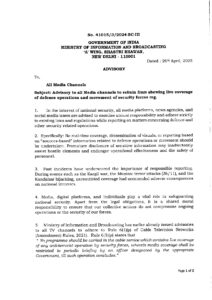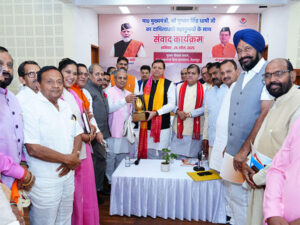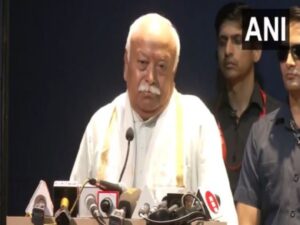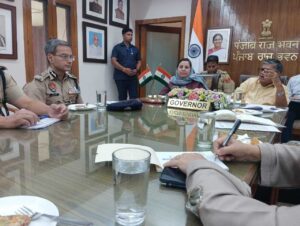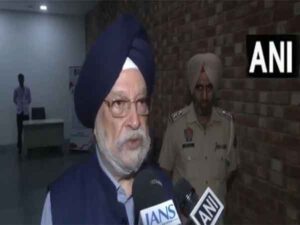After Moon and Mars, India sights science goals on Venus
New Delhi [India], September 18 (ANI): The Union Cabinet chaired by Prime Minister Narendra Modi has approved the development of the Venus Orbiter Mission (VOM), which will be a significant step towards the government’s vision of exploring and studying the PLANET Venus and extending India’s space mission beyond Moon and Mars.
An official release said that Venus, the closest planet to Earth and believed to have formed in conditions similar to Earth, offers a unique opportunity to understand how planetary environments can evolve very differently.
The ‘Venus Orbiter Mission’ to be accomplished by the Department of Space is envisaged to orbit a scientific spacecraft in the orbit of planet Venus for a better understanding of the Venusian surface and subsurface, atmospheric processes and influence of the Sun on the Venusian atmosphere. The study of the underlying causes of transformation of Venus, which is believed to be once habitable and quite similar to Earth would be an invaluable aid in understanding the evolution of the sister planets, both Venus and Earth, the release stated.
ISRO will be responsible for the development of the spacecraft and its launch. The Project will be effectively managed and monitored through the established practices prevailing at ISRO. The data generated from the mission would be disseminated to the scientific community through existing mechanisms
The mission is expected to be accomplished on the opportunity available during March 2028. The Indian Venus mission is expected to answer some of the outstanding scientific questions resulting in various scientific outcomes. The realization of the spacecraft and launch vehicle is through various industries and it is envisaged that there would be large employment potential and technology spin-off to other sectors of the economy.
The total fund approved for the Venus Orbiter Mission” (VOM), is Rs1236 Cr out of which Rs 824.00 Crore will be spent on the spacecraft. The cost includes the development and realization of the spacecraft including its specific payloads and technology elements, global ground station support cost for navigation and network as well as the cost of the launch vehicle, it added.
The mission would enable India for future planetary missions with larger payloads, and optimal orbit insertion approaches. There would be a significant involvement of Indian Industry during the development of the spacecraft and launch vehicle. The involvement of various academic institutions and training to students in the pre-launch phase including design, development, testing, test data reduction, calibration etc. is also envisaged. The mission through its unique instruments offers the Indian Science community new and valuable science data thereby providing emerging and novel opportunities.

